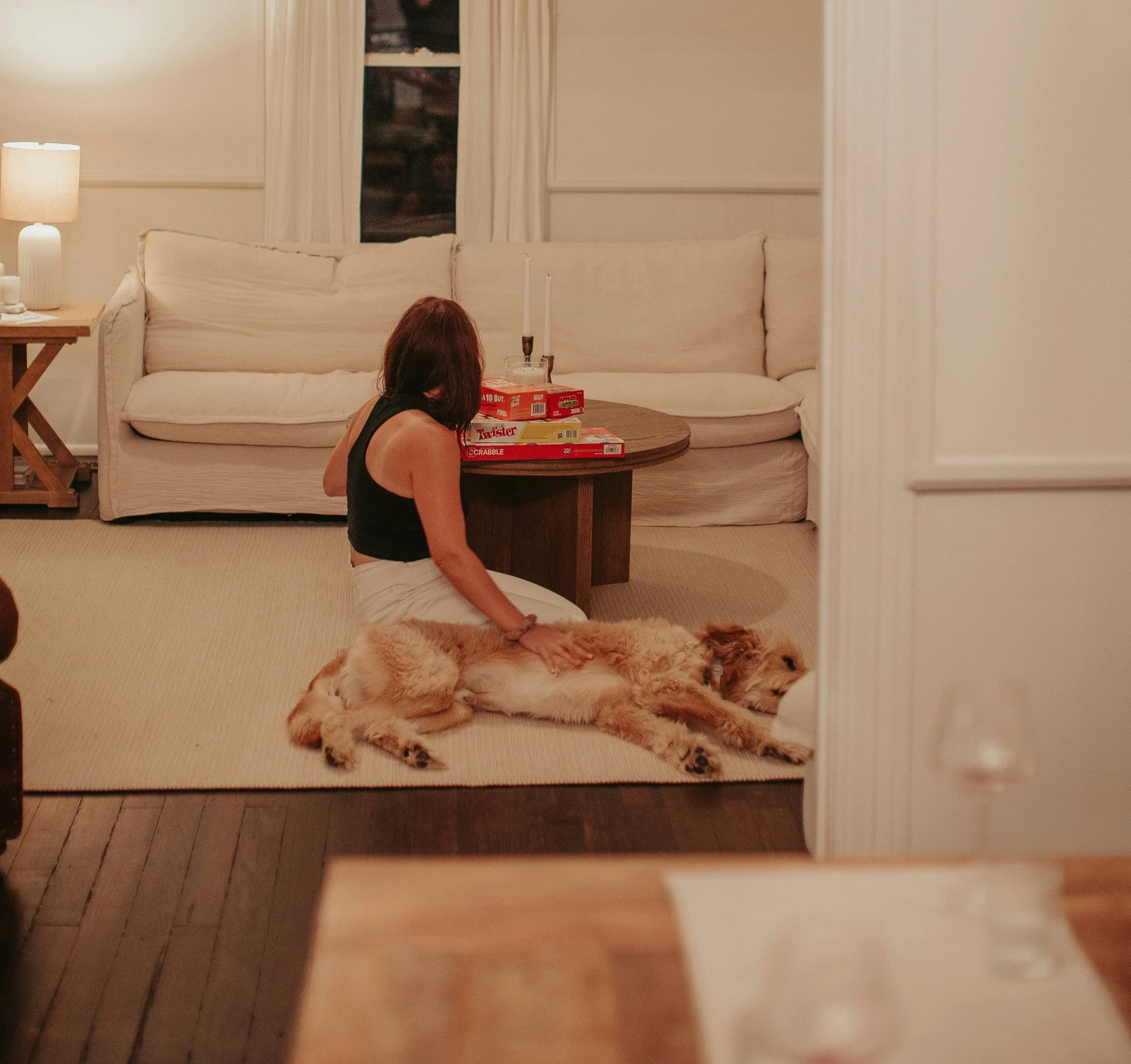Why Science Says We Pick Dogs That Look (and Act) Like Us
It’s not just your imagination—your dog might be your mirror.
You’ve probably noticed it before: the husky guy with the stocky bulldog. The high-energy woman with the bouncy border collie. Or maybe… you looked at your own pup and thought, “Are we kind of twinning right now?”
Turns out, it’s not just a cute coincidence.
Science shows we tend to choose dogs that both look and behave like us.
How Do You Greet Your Pup When You Get Home? – The Psychology of Reunion Routines
Whether you’re gone for 5 hours or 5 minutes, your dog reacts like you’ve returned from a long journey.
The bouncing. The tail wags. The happy grumbles. It’s not just adorable — it’s meaningful.
The way you reconnect with your dog after being apart plays a critical role in their mental and emotional stability. In fact, dogs interpret your reunion cues as confirmation of their security, status, and bond with you.
Dogs Understand up to 250 Words – What Every Dog Parent Should Know
Your dog may not speak English, but make no mistake — they’re constantly interpreting your words, your tone, and your energy. In fact, studies show that the average dog can understand between 165 to 250 human words, and some extraordinary pups can learn over 1,000 unique commands.
That means your dog may be operating at the cognitive level of a two to two-and-a-half-year-old human child. But here’s where it gets even more fascinating — dogs don’t just hear words; they comprehend meaning, intention, and emotion.


